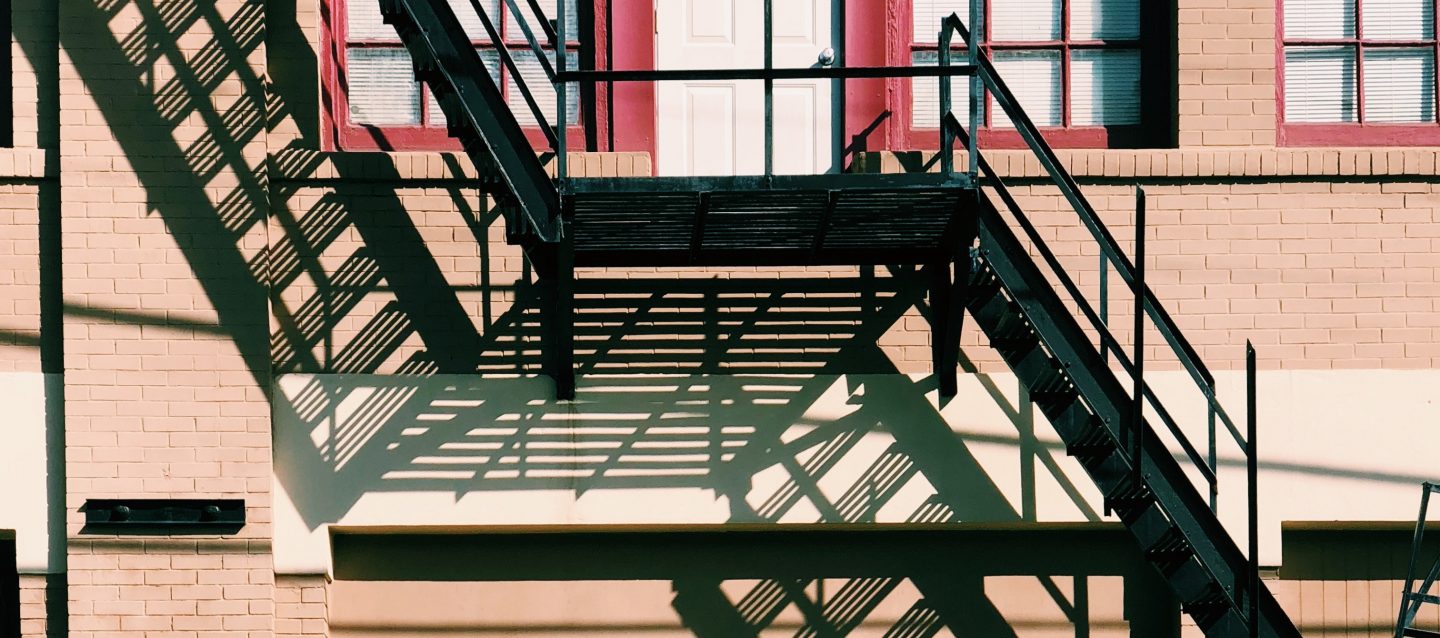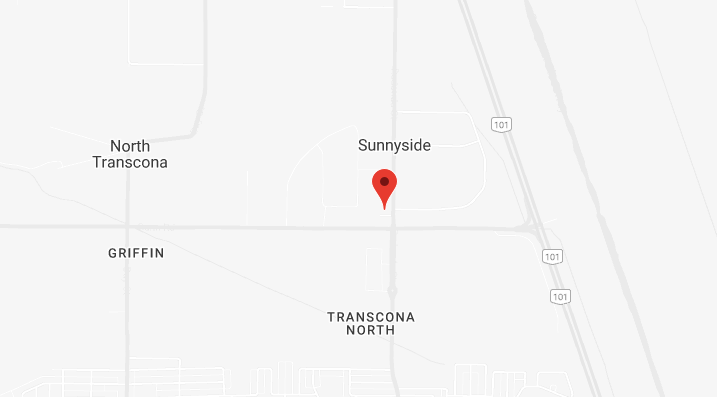Can Mould Grow in Cold Weather?

Mould thrives in properties with temperatures ranging from 20 to 30°C. Those properties also need to have moisture problems and poor ventilation. But although warmer temperatures favour mould growth, it may also grow in cold weather, at as low as 0°C, if it has enough moisture. Thus, since the temperatures in our homes rarely go below zero, mould may start to grow all year round.
Here’s another thing about mould growth in cold weather. Homes that are insulated to keep the cold air out also trap moisture, creating an environment that favours mould growth. That moisture can come from condensation, doing the dishes, the shower, etc. This is why proper home ventilation is important to mould prevention, even during cold weather. Here are essential tips to how to prevent mould in the cold season:
How to prevent mould in the cold season
Relative humidity
Indoor relative humidity (RH) should be kept below 60%, preferably between 35% and 45%. During winter, RH may have to be lower than 40% to avoid condensation on the windows. Homeowners should own a hygrometer that measures temperature and relative humidity.
Dehumidifier
Using a dehumidifier is recommended if the moisture in the air is too high. Keep in mind that dehumidifiers are not for killing mould from properties.
House cleaning
The property should be vacuumed and cleaned regularly to reduce the number of food sources for mould. Emphasis should be put on areas that are prone to moisture, such as the bathroom and basement.
Ventilation
The property should be properly ventilated by opening windows or using an exhaust fan when cooking, showering or washing the dishes. Vents should not blow air in enclosed spaces, such as the attic or crawl space.
Carpeting
Washable rugs should be used in areas that are prone to moisture. Wall-to-wall carpeting in areas such as the entryway must be avoided, as the moisture absorbed in the carpet will be difficult to dry.
Books, paper and clothing
Books, paper or clothing should not be stored in humid areas of the property, such as the basement or kitchen. These items are possible food sources for mould and should be stored in the driest areas of the home.
Roof
The roof, downspouts, and gutters must be inspected and maintained regularly. Roof leaks should be repaired immediately and the downspouts and gutters must be kept free of debris to provide proper drainage.
Basement
If the basement has elevated levels of moisture, the walls and floor should be checked for leaks. In addition, the outside drainage system must be inspected. Since the basement is prone to moisture due to condensation forming on the cool walls and floor, using a dehumidifier can help reduce moisture.
Crawl space
The soil in the crawl space should be covered with moisture-barrier materials, such as waterproof polyethylene plastic. Proper ventilation in the crawl space is also important (such as keeping the vents open in the winter).
Foundation
The ground around the home should slope away from the home’s foundation. This ensures that water can’t easily collect around the basement, causing leaks and water damage.
Pipes
Pipes should be insulated to prevent them from freezing or bursting. The pipes that freeze most frequently are those that are exposed to the cold, such as water supply pipes in unheated interior areas like the attic, crawl space, and garage.
For mould remediation during winter, contact the PuroClean restoration experts!
Even with the proper prevention measures in place, mould may still grow in homes and properties. If that happens, PuroClean is there to help! The PuroClean team stands ready to provide professional restoration services to any property affected by mould, as well as water and fire damage.


